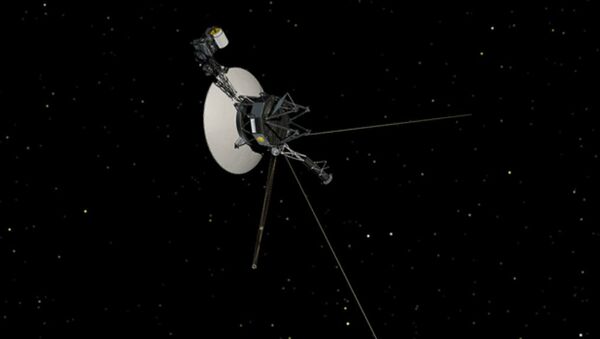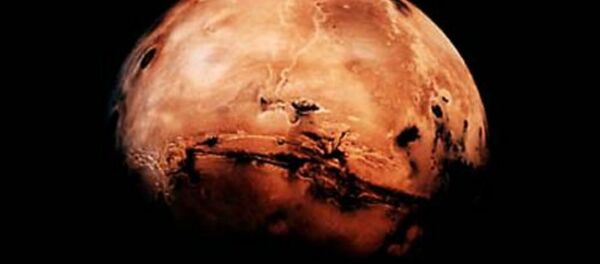Plutonium-238 (Pu-238), a hot radioactive isotope that’s a byproduct of the process of making nuclear weapons, is in short supply. NASA has access to only about 77 pounds of the material, with only 37 pounds of that being of a high enough grade to be useful in its Multi-Mission Radioisotope Thermoelectric Generator (MMRTG), a kind of battery that the Energy Department makes for the Agency.
Pu-238, plentiful in the Cold War era, has become harder to come by in the age of nuclear non-proliferation, which has stemmed the stockpiling of the fuel.
Batteries containing the isotope have powered missions for the Voyager crafts, Cassini, Curiosity, and New Horizons.
NASA does have another nuclear battery design that conserves the the amount of Pu-238 used: the Advance Stirling Radioisotope Generator (ASRG), which can supply a spacecraft with the same amount of power as the MMRTG, but uses less than a quarter of the Plutonium-238 needed for the MMRTG. The sticking point? NASA closed down the ASRG project last year.
NASA has decided against nuclear power for Discovery’s next mission, scheduled for December 2021.
As for New Horizon’s next project, “We have not made a decision whether radioisotope power supplies will be offered,” NASA spokesman Dwayne Brown wrote in a February 20 email.
NASA will be using one of the three remaining MMRTGs to power a voyage to Mars in 2020. Plans for the other two batteries are as yet unknown.




